The vast majority of jobs created during the recent economic recovery require highly skilled workers. Many of these jobs continue to go unfilled because a lack of candidates.
Technical Education Renaissance in Schools
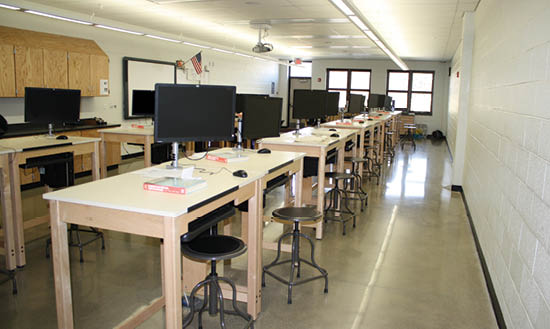
Stroudsburg High School – Stroudsburg, PA
Part of the reason is a misconception that these high-paying, fulfilling careers require expensive four-year college degrees, when the truth is that candidates with industry certifications and two-year degrees can qualify. This has given rise to a renaissance of sorts for career & technical education (CTE) in our schools.
However, these sought-after jobs may require some modernization of existing CTE programs. After all, technology has affected almost every career in the world. Here’s how to accomplish that modernization and create an employment funnel in your community.
Collaborate Locally
Before adding resources to your CTE program, ask your local businesses what they need out of your students. Are there specialized processes or tools with which they will need to be familiar? How can you best recreate their workplace environments and cultures. A partnership between schools and the community can only improve the chances of your students finding employment.
Don’t Create a CTE “Walled Garden”
Many schools and districts treat CTE as a separate entity from the traditional curriculum. But with the focus in classrooms moving toward the STEM subjects, experiential learning, and project-based design, the activities undertaken in CTE dovetail nicely with what is likely to be going on in modern classrooms. Collaboration between the two sets of faculty can produce valuable experiences in both settings.
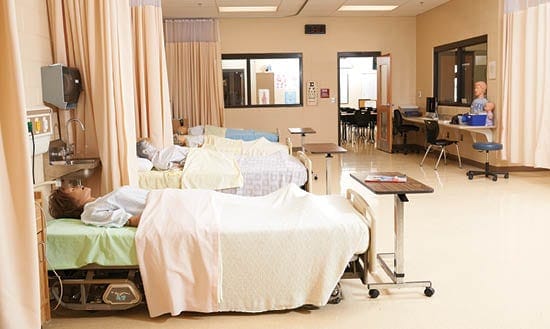
George Rogers Clark High School – Winchester, KY
Create a Modern CTE Classroom
Yes, there still tends to be machinery involved in the CTE classroom, but it may be different machinery than what’s currently available. 3D printers, laser cutters, CNC machines, and other, more specialized equipment can now be found in varied workplaces. Familiarity with these tools can go a long way toward employment.
But the so-called “soft skills”, like collaboration, communication, and creativity are also needed. Choosing the right solutions for CTE classrooms can help facilitate these skills by creating dedicated spaces for students to work together or individually on their ideas. This is enabled with furnishings that include drafting tables, work benches, shelving, and desks. And with CTE becoming more high-tech, it’s essential to also have furnishings that power and protect tablets and other devices.
Safety is still of paramount importance, and that equipment has come a long way in the past few years, but students aren’t the only things that need to be kept safe. Equipment is an investment, as is the expensive, fragile handheld devices that students will tend to need in order to accomplish modern tasks.
21st Century Jobs Need Technical Education
Career & technical education is a key contributor in American competitiveness in the 21st century economy. It also can be a life-changing opportunity for students whose future plans may not include a four-year college.

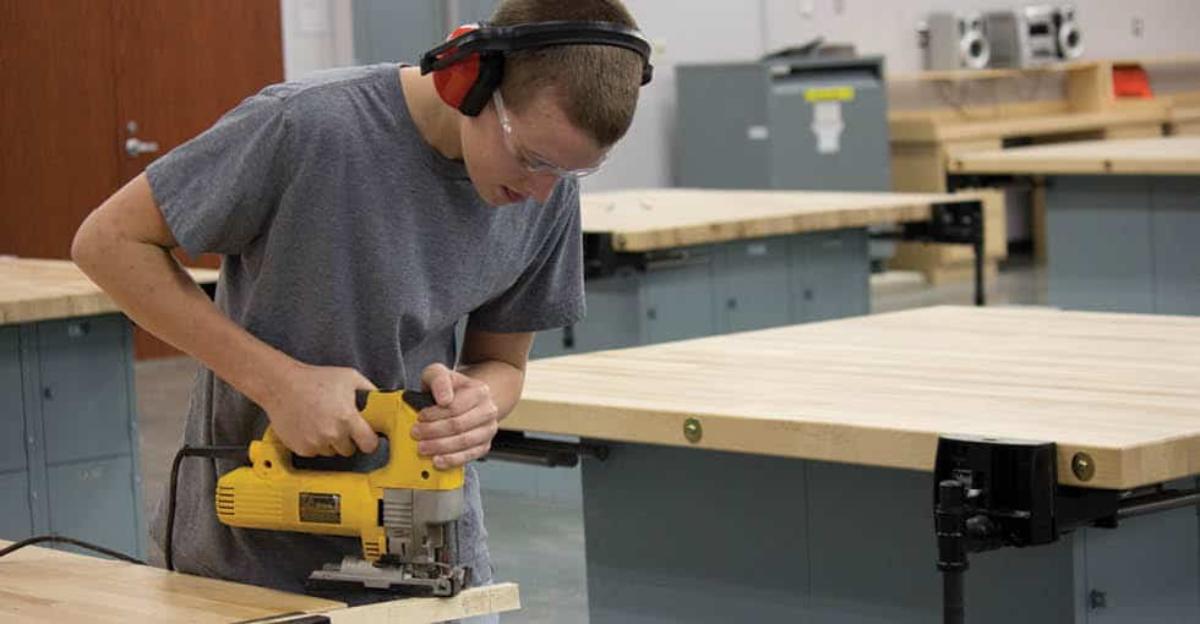
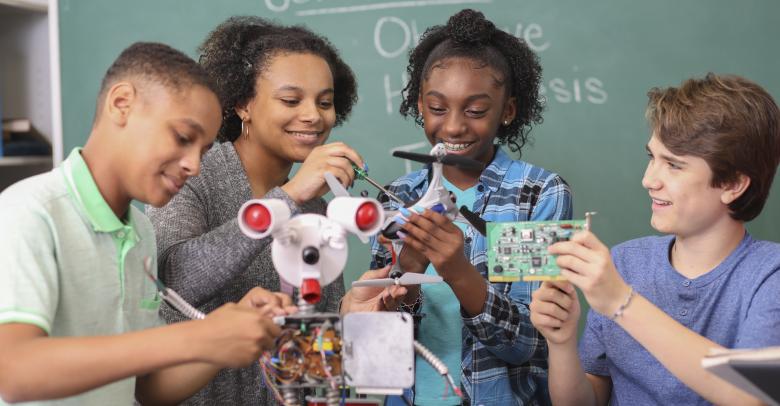
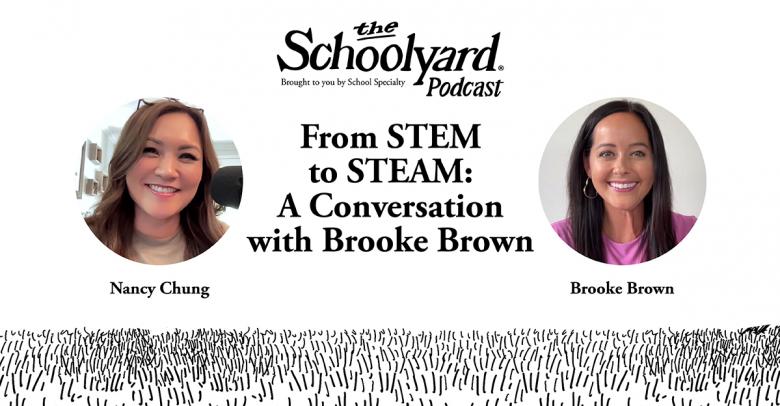


Leave a Reply